Cooktop - 2 wire to 220v 3 wire
User
14 years ago
Featured Answer
Sort by:Oldest
Comments (11)
mike_kaiser_gw
14 years agoRelated Professionals
Sierra Madre Electricians · Burlingame Electricians · Buena Park General Contractors · Manalapan General Contractors · Mount Holly General Contractors · Bellflower Solar Energy Systems · Freeport Solar Energy Systems · Green Valley Solar Energy Systems · Norwich Solar Energy Systems · Paramus Solar Energy Systems · Damascus Home Automation & Home Media · Hialeah Gardens Home Automation & Home Media · Medford Home Automation & Home Media · Potomac Home Automation & Home Media · Rowland Heights Home Automation & Home MediaRon Natalie
14 years agopetey_racer
14 years agoUser
14 years agobrickeyee
14 years agoksvalentine
14 years agopetey_racer
14 years agoksvalentine
14 years agofa_f3_20
14 years agopharkus
14 years ago
Related Stories
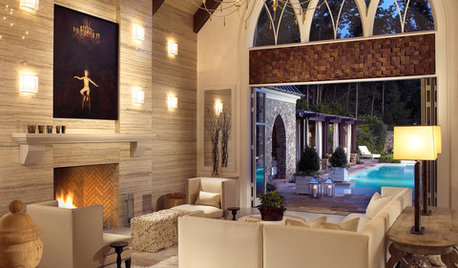
MORE ROOMSHome Tech: Getting Rid of Wires Without Sacrificing Sound
Wireless home technology still isn't perfect, but new products are giving audiophiles choices
Full Story
DIY PROJECTSHide All Those Wires in a DIY Charging Station
Keep your gadgets handy and charged with a flexible storage board you can design yourself
Full Story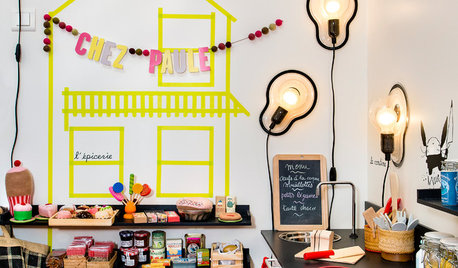
LIGHTING10 Ways With Wall Lights That Don’t Need to Be Wired In
Learn how to add illumination to your home without carving into the walls
Full Story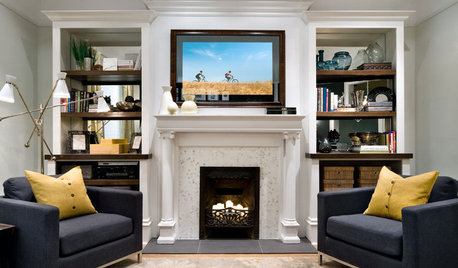
HOME TECHSave Your Decor — Hide Your Media Stuff
When you tuck boxes, wires and speakers into walls and ceilings, all you'll notice is your favorite shows or music
Full Story
HOME TECHTote Your Tunes to Any Room With a Portable Wi-Fi Sound System
Free your home's music setup from wires with Wi-Fi speakers that let you take high-quality audio anywhere
Full Story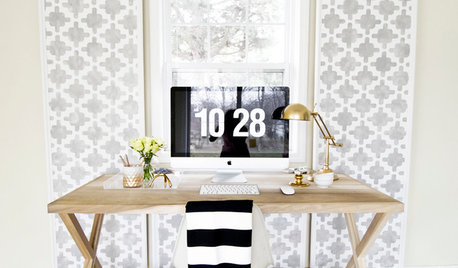
DIY PROJECTSHide Cords in Style With DIY Graphic Panels
Keep wires under wraps for a neater-looking home office or media center, with wall panels you make to your exact taste
Full Story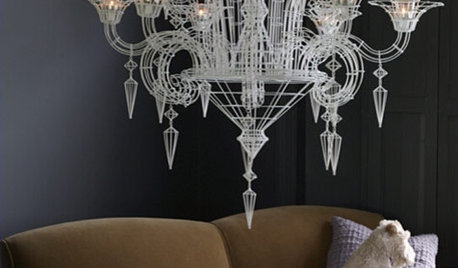
LIGHTING10 Chandeliers for People Who Don't Like Chandeliers
Get all the chandelier benefits without channeling Liberace, thanks to wood, paper, wire — and even a surprising old-fashioned staple
Full Story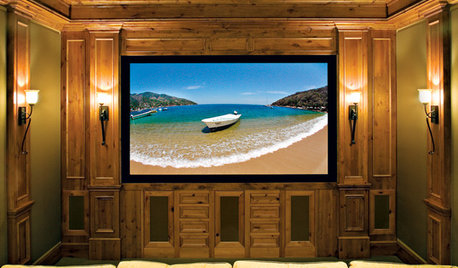
MEDIA ROOMS5 Tips to Turn Your Basement into a Media Room
From wiring to gadgets to decor, a designer tips us off to the secrets for media room success
Full Story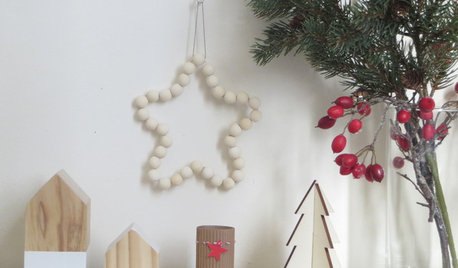
HOLIDAYSSee How to Make a Scandi-Style Beaded Star
Borrow some Scandinavian holiday style with a simple star ornament made of white wooden beads and wire
Full Story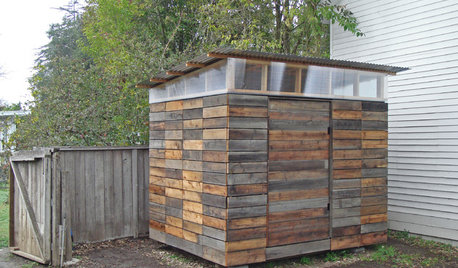
STORAGE2 Weeks + $2,000 = 1 Savvy Storage Shed
This homeowner took backyard storage and modern style into his own hands, building a shed with reclaimed redwood and ingenuity
Full Story









pharkus